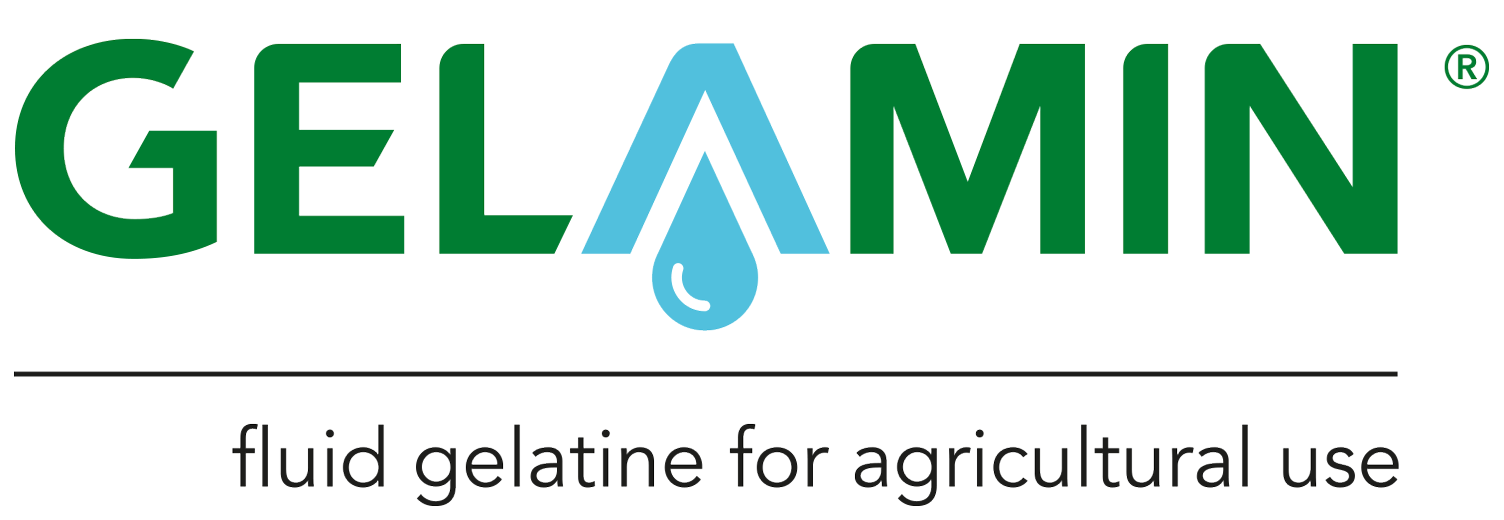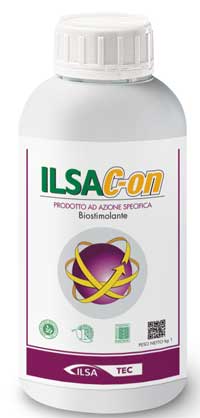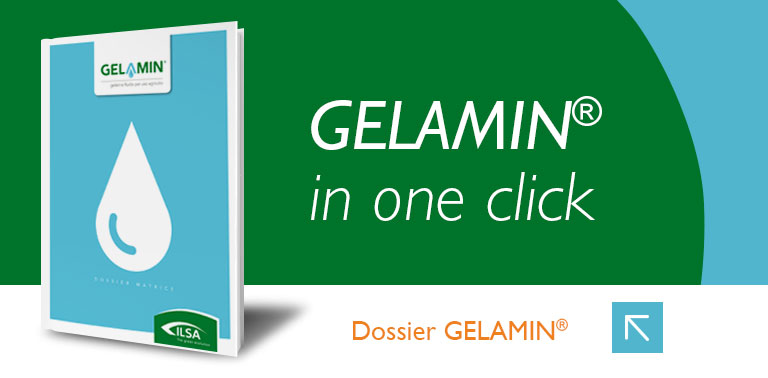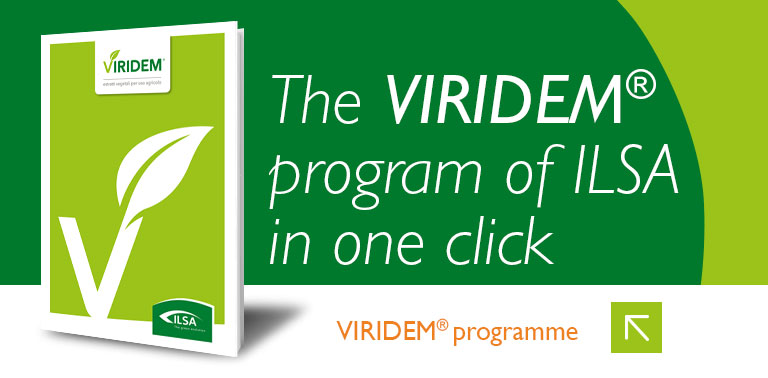Editorials
Actinidia, size and dry matter for quality and preservation
28/11/2018
Actinidia, size and dry matter for quality and preservation. The complete and integrated agronomic management of Actinidia is the best solution to obtain large productions and to preserve the plant from the numerous plant diseases it is exposed to. Among these, the bacterial canker, or "bacterial disease", caused by Pseudomonas syringae pv. Actinidiae (Psa), a problem that has focused all the attention of the producers during recent years. The increase in yield should not, however, overlook the qualitative aspects of the fruit, which are essential for being competitive on the market and even more important for kiwis intended for export. In addition to a size as uniform as possible and to its distribution in the highest classes, it is necessary to ensure a good amount of dry matter in the fruits at harvest and a consistency such as to allow a longer shelf-life, since they will be consumed in distant markets. During the past years, Ilsa has worked hard on increasing the commercial quality of kiwi fruits, not just in Italy. Thanks to the technical support of foreign partners, in particular from Chile, it has been possible to repeat the experiments several times during the year, thus perfecting the winning methodology.
Leaf applications were the variables on which we worked to improve the quality, given an equal nutritional strategy, by using Agrogel®-based protein fertilisers on the ground (hydrolysed gelatine for agricultural use) and Gelamin®-based fluid fertilisers for fertigation (fluid hydrolysed gelatine for agricultural use).
From the comparison both with untreated samples and with other plant hormone-based products, leaf applications of ILSAC-ON and ILSAMIN N90 have enabled obtaining better results constantly, particularly appreciated by the producers. Four applications starting from post-setting (petal fall), every 15 days, with dosages of 1.5 kg/ha of ILSAC-ON (a plant bio-stimulant based on enzymatic hydrolysate of Fabaceae) and 2 kg/ha of ILSAMIN N90 (a bio-stimulant based on free L-Amino acids, as they are obtained from an enzymatic hydrolysis process), helped to raise the qualitative level of the production, in terms of degrees Brix and size, with a more uniform distribution in the commercially more valid size classes, both compared with the sample and compared with the plants treated with products based on synthetic hormones.The dry matter and the consistency of the fruits also reached higher values, ensuring the producers fully met the requirements suitable for export.
Here are two of the different tests carried out in Italy and Chile (in the seventh region, Maule), on the Hayward, cultivar with the results obtained. All tests are available on the website www.ilsagroup.com and in the company's annual reports.
| TEST 1 | Thesis ILSA | Control |
|---|---|---|
| Full flowering |
IlsaC-on: 1,5 L/ha |
/ |
| End of flowering | Product based on synthetic hormones and Forclofenuron 0,1% | Product based on synthetic hormones and Forclofenuron 0,1% |
| Petal falls |
IlsaC-on: 1,5 L/ha Ilsamin N90: 2 L/ha |
Product based on synthetic hormones and Forclofenuron 0,1% |
| 15 days after petal falls |
IlsaC-on: 1,5 L/ha Ilsamin N90: 2 L/ha |
Product based on synthetic hormones and Forclofenuron 0,1% |
| 30 days after petal falls |
IlsaC-on: 1,5 L/ha Ilsamin N90: 2 L/ha |
Product based on synthetic hormones and Forclofenuron 0,1% |
| 45 days after petal falls |
IlsaC-on: 1,5 L/ha Ilsamin N90: 2 L/ha |
/ |
| TEST RESULTS 1 | Thesis ILSA | Control |
|---|---|---|
| Brix Degrees | 9,3 | 8,4 |
| Dry matter (%) | 16,2 | 15,3 |
| Consistency at harvest (kg/cm2) | 19,5 | 18,5 |
| Consistency 30 days after harvest (kg/cm2) | 16,8 | 15,7 |

| TEST 2 | Thesis ILSA | Control |
|---|---|---|
| Petal Falls |
IlsaC-on: 1,5 L/ha Ilsamin N90: 2 L/ha |
/ |
| 15 days after petal falls |
IlsaC-on: 1,5 L/ha Ilsamin N90: 2 L/ha |
/ |
| 30 days after petal falls |
IlsaC-on: 1,5 L/ha Ilsamin N90: 2 L/ha |
/ |
| 45 days after petal falls |
IlsaC-on: 1,5 L/ha Ilsamin N90: 2 L/ha |
/ |
| TEST RESULTS 2 | Thesis ILSA | Control |
|---|---|---|
| Equatorial diameter of the fruit (mm) | 53,5 | 52,6 |
| Polar diameter of the fruit (mm) | 71,7 | 69,6 |

The graph and the photo below clearly show how the plants treated with Ilsa bio-stimulants produced fruits with a better distribution in the higher size classes.




.png)





.png)
















